To say that the Chicago, Rock Island & Pacific Railroad (Rock Island) was in a financial slump by the 1930s is an understatement. The 30 years of mismanagement followed by the Great Depression took its toll. To revitalize the railroad, incoming CEO Edward M. Durham embraced the streamlined train craze, adopting the fitting name “Rocket” to symbolize speed and innovation for its fleet of all-new passenger trains.
The Original Rockets
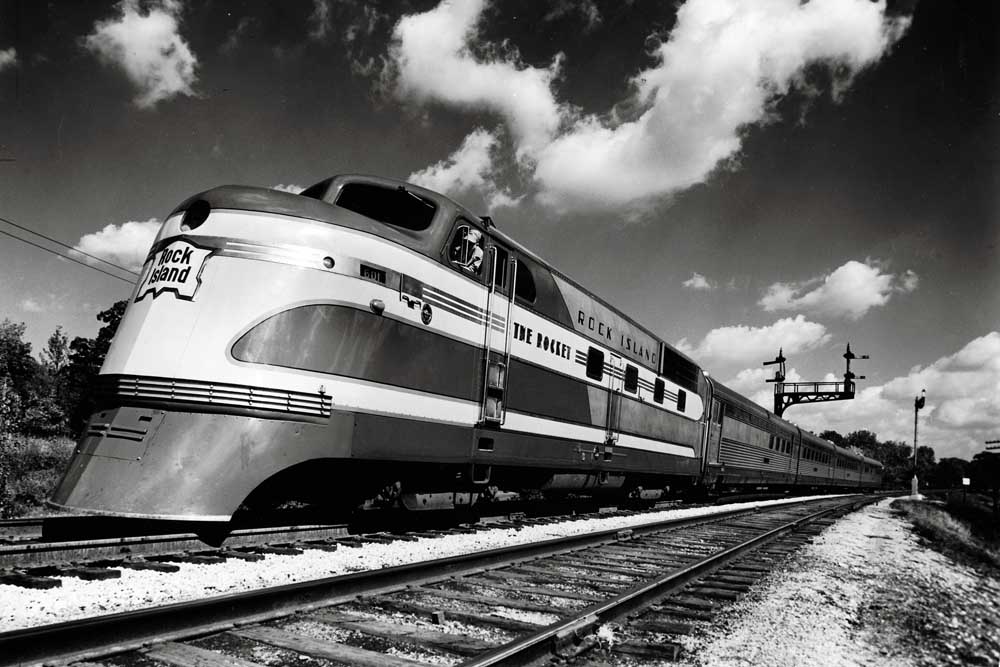
The Rock Island wasted no time in utilizing the “Rocket” as a branding opportunity. The railroad ordered six articulated trainsets of 20 lightweight passenger cars from Budd, along with six TA diesel locomotives from EMC, to launch its initial services across various routes.
Texas Rocket
Fort Worth-Houston: Despite being the first Rocket launched by the Rock Island on Aug. 29, 1937, the Texas Rocket, more or less, complemented the established Sam Houston Zephyr of the Chicago, Burlington & Quincy along the jointly owned Burlington-Rock Island Railroad. Initially a three-car set, it was reassigned to the Kansas City-Dallas service in November 1938. The Texas Rocket service would then be replaced by the Twin Star Rocket in January 1945.
Peoria Rocket
Peoria, Ill.-Chicago: The next Rocket to begin service was the Peoria Rocket on Sept. 19, 1937. Connecting the Windy City and Illinois’ second-largest city at 90 mph, with no competing railroads to deal with, the four-car train established a vital network for the Rock Island. It’s no wonder the Peoria Rocket held on longer than it probably should have, discontinuing service in 1978.
Des Moines Rocket
Des Moines, Iowa-Chicago: The following week of the Peoria Rocket’s debut came the Des Moines Rocket (Sept. 25, 1937). Together with its Chicago-Peoria counterpart, the three-car train between Des Moines and Chicago established a busy rail corridor in and out of the Windy City. The service was suspended on Aug. 21, 1960, despite the Interstate Commerce Commission’s order to keep it running.
Kansas City–Minneapolis Rocket
Minneapolis-Kansas City: At the same time of the Des Moines Rocket’s debut, the Kansas City Rocket took to the rails on September 29, 1937. The speeds reached, plus two four-car trainsets in each direction, transformed the sluggish overnighter into a proper daytime service. Equipment was later reassigned, ultimately giving way to the Twin Star Rocket. The Kansas City Rocket name would still hang on until it was dropped in 1963.
Denver Rocket
Denver-Kansas City: The last of the original Rocket trains ran between Kansas City and Denver, beginning operation on Oct. 18, 1937. It aimed to provide daytime service but did not gain market traction. Its original three-car trainset was quickly reassigned to the short-lived Oklahoma City Rocket (Kansas City-Oklahoma City) on February 13, 1938.
Rocky Mountain and Quad City Rockets

Chicago-Rock Island, Ill.-Denver/Colorado Springs: Minus the Denver Rocket, the success of the original Rockets gave the Rock Island the desired boost to expand the fleet from the initial, regional short-train services. The Rocky Mountain Rocket would be one of the first of multiple expanded Rockets. The train would make its inaugural run on Nov. 12, 1939, to give the Burlington Route and Union Pacific Railroad a run for their money on the Chicago-Denver corridor.
As the first Rocket with non-articulated cars and sleeper accommodations, the Rocky Mountain Rocket was the only service to connect Chicago and Colorado Springs without changing trains. Limon, Colo., was where the westbound and eastbound consists would split and combine, respectively. But years of financial and critical success couldn’t prevent the decline in passenger service in the 1960s. Just one year after losing its sleeping and dining accommodations, the Rocky Mountain Rocket made its final run on Oct. 16, 1966.
An unlikely successor to the train would emerge in 1970 as the Chicago-Rock Island Quad City Rocket. The heavily reduced service would join the Peoria Rocket as the only Rocket passenger trains operating independently from Amtrak after its 1971 inception. Like the Peoria Rocket, the Quad City Rocket would then be discontinued in 1978.
Choctaw Rocket and Choctaw Rockette
Memphis-Amarillo, Texas: The Choctaw Rocket entered service in November 1940 as a regional/long-distance hybrid. Despite traversing a route with equipment similar to the original Rockets, the Choctaw Rocket also came with a sleeping car just like its Rocky Mountain counterpart.
The service was shortened in 1952 between Memphis and Oklahoma City. Re-equipping with Budd’s Rail Diesel Cars (RDC) the following year led to the slight renaming of the service, calling it the Choctaw Rockette. The train would be nameless by 1958, but would remain operating until 1964.
Zephyr-Rocket
St. Louis-Minneapolis: With the same idea for a direct, overnight connection between Minneapolis and St. Louis, the Rock Island and Burlington Route joined forces to launch the Zephyr-Rocket. Beginning service on Jan. 7, 1941, the train was a hybrid of coaches and sleepers from both railroads, regardless if they were streamlined or heavyweights.
Each railroad provided its own motive power for their designated operations. The motive-power switch took place in Burlington, Iowa, with the Rock Island covering 365.6 miles to the Twin Cities, and the CB&Q’s 221 miles to St. Louis. By the time the service was discontinued in April 1967, the Zephyr-Rocket had already lost its name and was coach only.
Twin Star Rocket
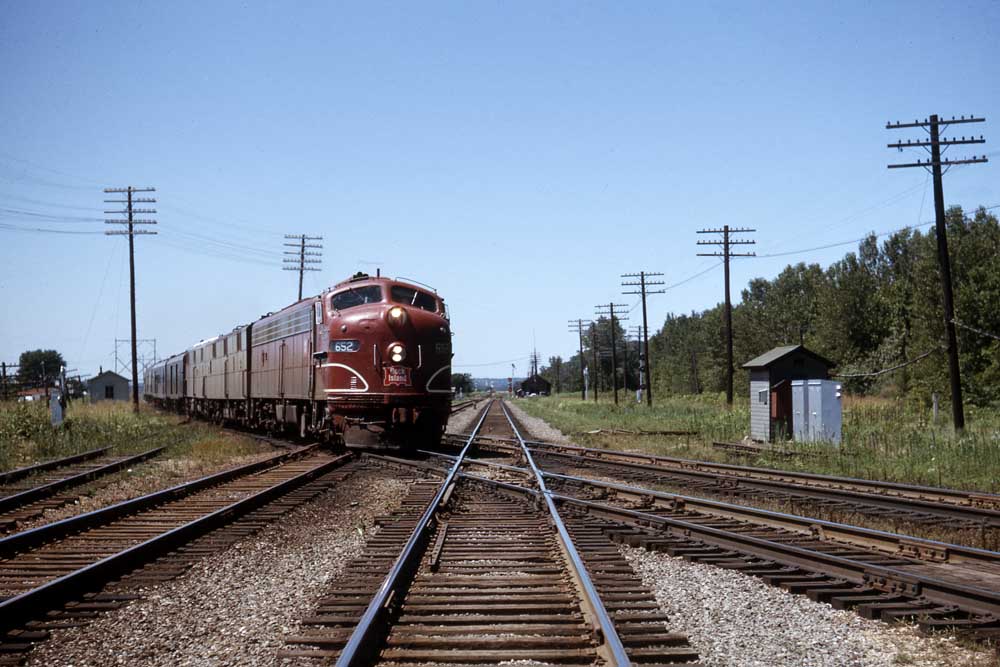
Minneapolis-Houston: The end of World War II in 1945 marked the beginning of what would become the postwar streamliner era. The Rock Island wasn’t shy in making its mark during that time, especially when dreaming of a Rocket that would connect the network’s northern and southern terminals. The Twin Star Rocket was inaugurated on Jan. 14, 1945, being ahead of the postwar curve and arguably becoming the only passenger train to be administered during the war.
The “Twin Star” name adopted the terminal states of Minnesota (North Star State) and Texas (Lone Star State). This passenger train held a couple of records during its 22-year lifespan: the longest North-South run and service under a single railroad at 1,368 miles. Discontinuation of the Twin Star Rocket would take place in 1967.
Corn Belt Rocket
Chicago-Omaha: As the first Rocket of the postwar era, the Corn Belt Rocket was put into service in 1947. Throughout its lifespan, until discontinuation in 1970, the Chicago-Omaha route had remained mostly intact. Though the Rocket name was dropped in the late 1960s.
Jet Rocket

Peoria, Ill.-Chicago: Despite a plateau in the postwar boom, plus impending financial troubles in the mid-1950s, the Rock Island remained hopeful that its Rocket passenger trains were here to stay. In 1954, the railroad contracted General Motors and the American Car & Foundry to construct a Talgo-inspired streamliner for the Peoria-Chicago service.
The Jet Rocket debuted on Feb. 11, 1956, in place of the Peoria Rocket. Yet the articulated, 12-car train couldn’t cut the mustard due to operational problems and extensive maintenance. The set was taken off the route on Aug. 21, 1957, and was reduced to commuter work in Chicago until being scrapped in 1965.
A Rocketing reach for the stars
By the time of Amtrak’s inception on May 1, 1971, the Rock Island was down to two Rockets: Chicago-Rock Island, Ill. Quad Cities Rocket and Chicago-Peoria, Ill. Peoria Rocket. Not wanting to pay the $4.7 million admission, plus the State of Illinois was willing to subsidize two-thirds of the operating cost, the financially stricken railroad forged ahead. Deteriorating operations and declining patronage finally put the Rockets out of their misery when they were fully discontinued by 1979.
“No other carrier of the [prewar] era started with so little and achieved so much,” said Author Peter A. Hansen in Classic Trains 2005 special issue. “Rock Island came from hard luck, and to hard luck it returned. But in between, its Rockets reached for the stars.”






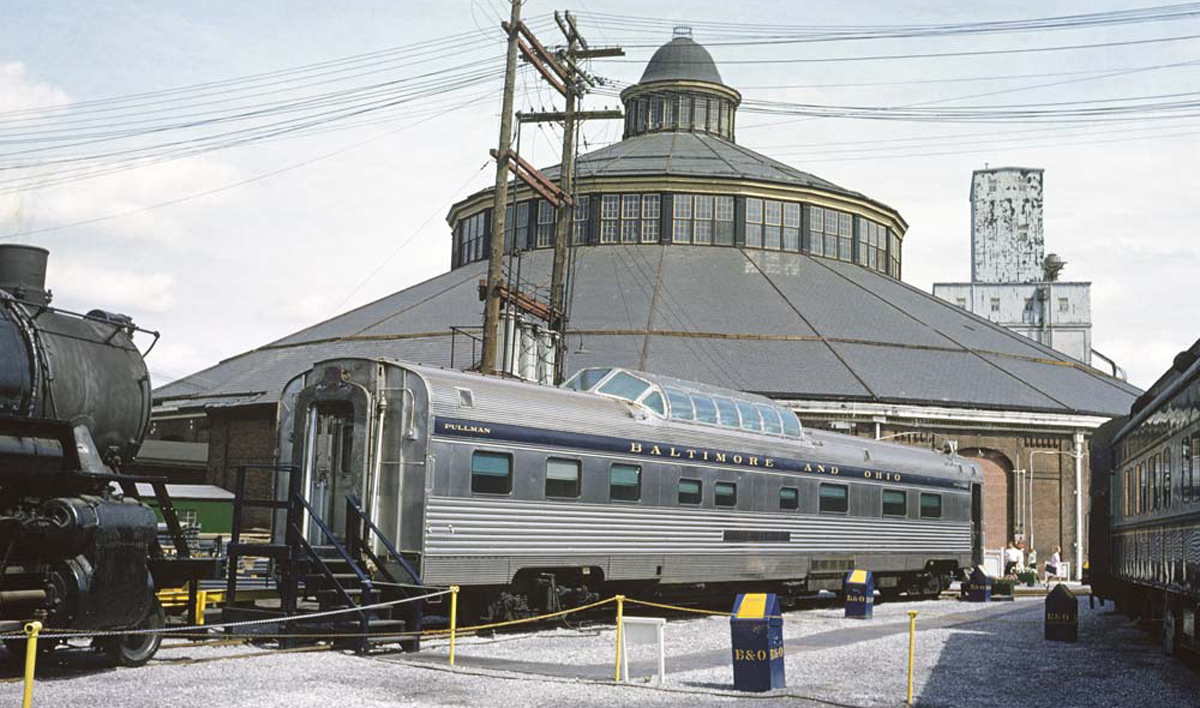

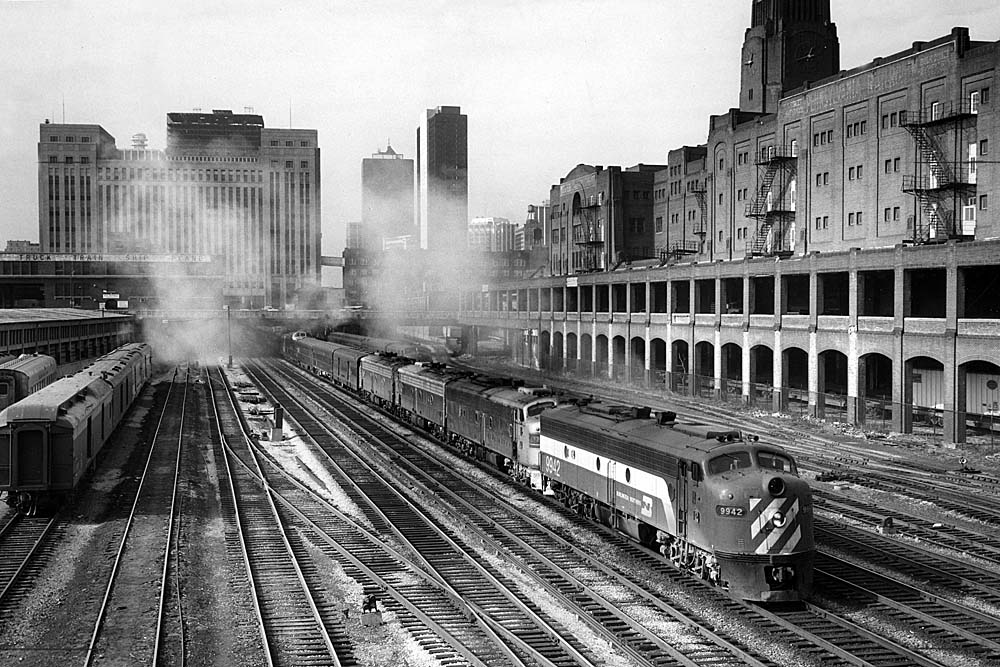
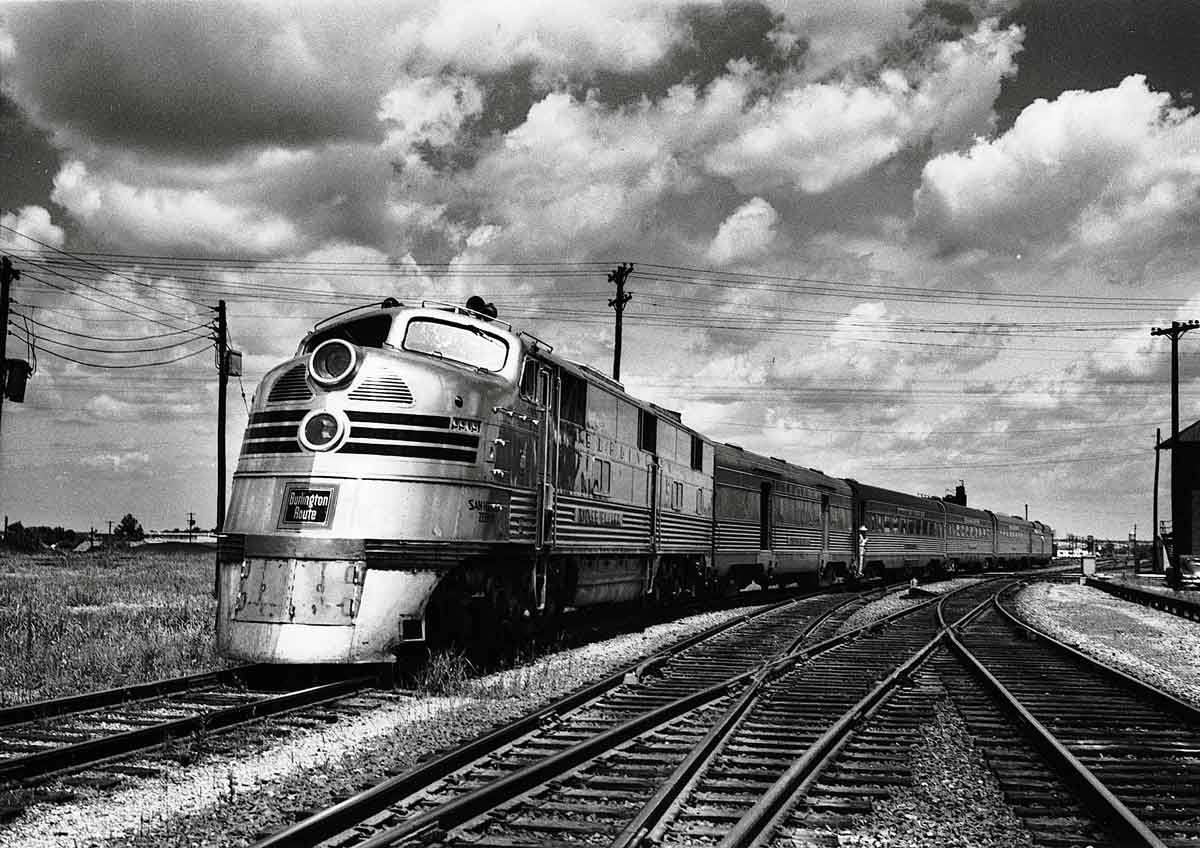



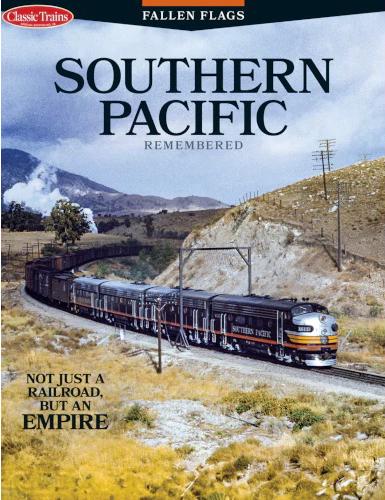
Slight correction: of the six original trainsets, two were four-car consists and four were three-car consists. The two four-car consists were for the Peoria Rocket and the Des Moines Rocket, not for the Kansas City Rocket, which utilized a three-car set.
The Peoria Rocket consist carried names of online towns (JOLIET, OTTAWA, LASALLE and PEORIA) while the Des Moines Rocket cars were named for important figures in the building of the Rock Island across Iowa (NORMAN JUDD, GRENVILLE DODGE, HENRY FARNUM and L. M. ALLEN).
The four-car trains differed in two ways: Besides having an extra coach (which was articulated between the Baggage-Dinette and the full Coach), the observation cars on the four-car trains were a full parlor-lounge, whereas on the three-car trains the front half of the observation car was coach seating, with only the rear half having parlor and lounge seating.
All six trains had a conventional coupling between the observation car and the rear coach, which anticipated the delivery of additional lightweight equipment and permitted the addition of extra cars if needed.